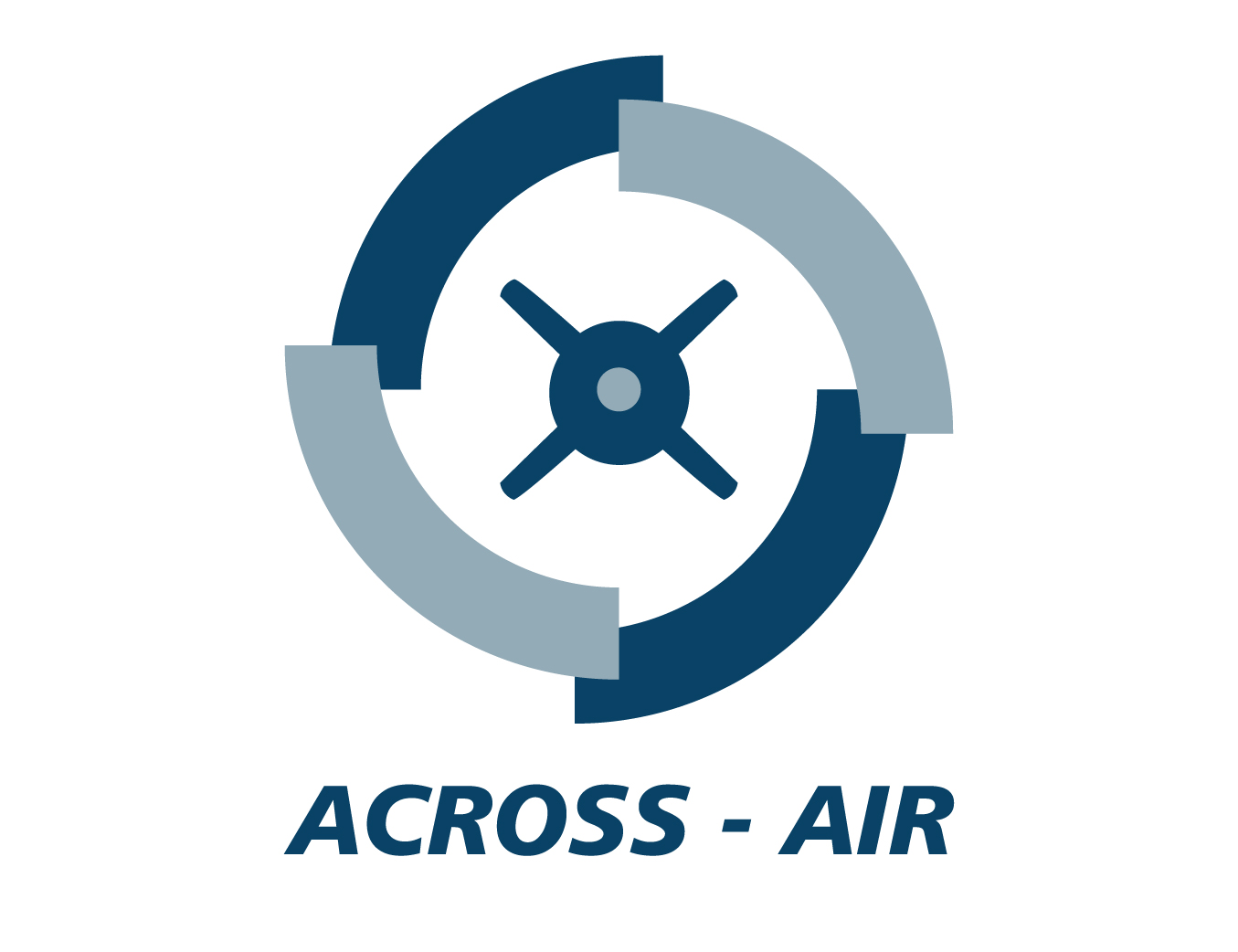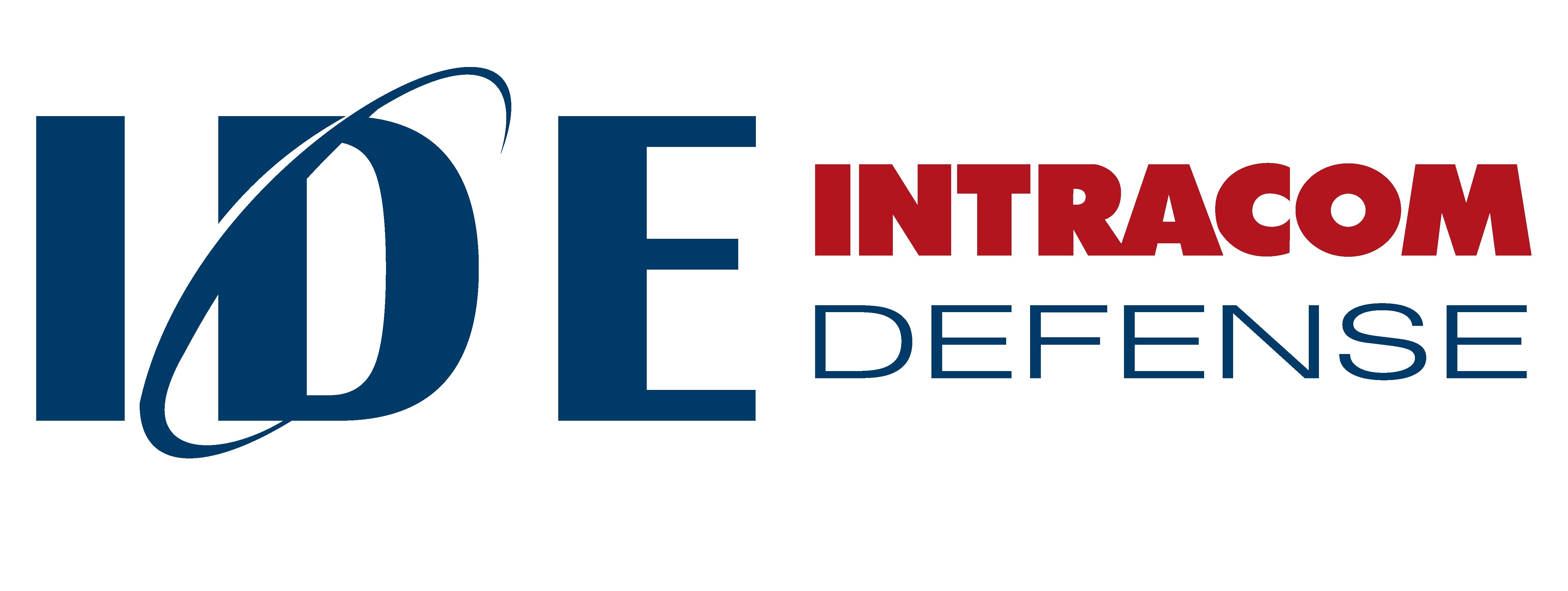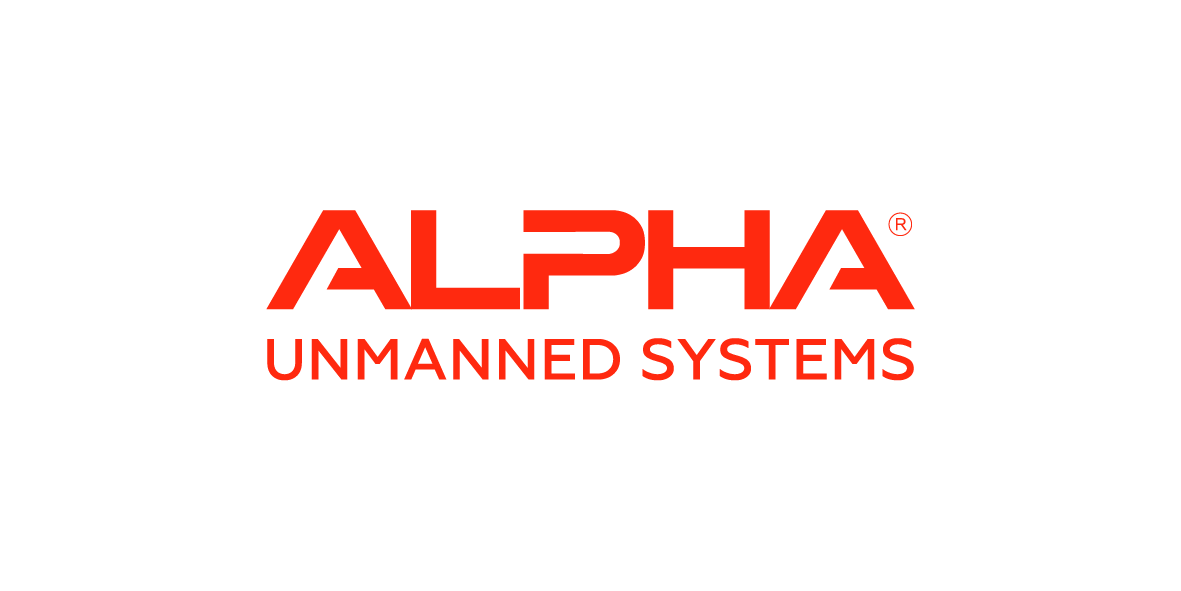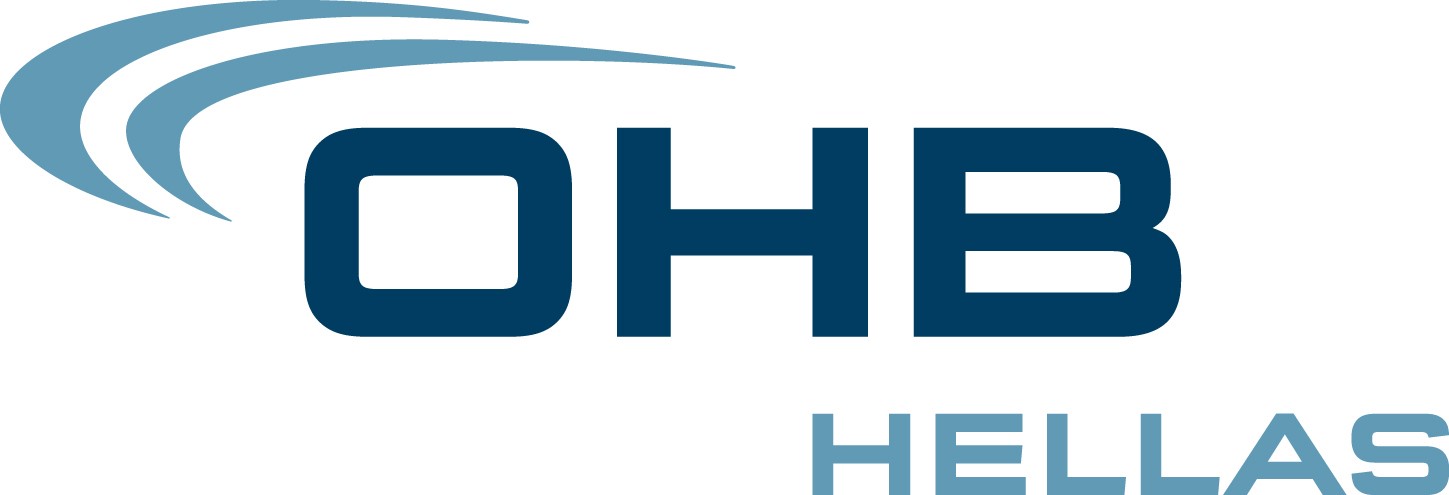
-
StatusCompleted
-
Status date2025-01-15
-
Activity Code1B.136
The objectives can be summarized as follows:
-
Identify Satcom needs of rotary wing aircraft markets and compare the needs against emerging capabilities from advanced novel technologies;
-
Explore technical challenges in the application of satellite connectivity at this type of aircraft;
-
Define high-level requirements to accomplish efficient satellite connectivity, in particular examining a set of representative scenarios and use-cases;
-
Perform a system level modelling, simulation and analysis to examine potential E2E architectures; and,
-
Assess the outcomes of the previous analysis in order to identify the current technical and non-technical gaps and propose a related roadmap for the future.
This type of Satcom systems face several challenges like:
-
Low altitude of operation;
-
Operation in narrow areas such valleys or cities;
-
Rotation of blades and relatively strong vibrations;
-
Physical characteristics of terminals (current market products too bulky, heavy or non-conformal to be installed on smaller air frames);
-
Current status of the orbital segment not clear on how to be optimally exploited by such systems;
-
Mainly military products available, for large helicopters.
N/A
N/A
The architectures examined were related to indicative use cases such as for public safety, response to emergency situations, human transportation and healthcare services. They covered E2E the whole system, in particular the terminal system on the Rotary Wing Aircraft (systems depending on the exact aircraft type and scenario), the approach needed from the aircraft manufacturers, to the space segment, the number of satellites needed, their altitude, specific requirements on their payloads, etc.
The project plan consisted of the following parts, which have been completed in 12 months:
-
Technology and Market Assessment, consisting of the Technical and the Market Surveys.
-
The results of the Assessment, gave the necessary insights for the Scenario Development, Trade Off and Selection.
-
Both previous parts guided the Consortium to the detailed System Requirements and Trade-Off Analysis. An SRR with ESA gave the opportunity to review all these items.
-
Following that, the System Definition, Modelling and Simulation took place.
-
The results of the previous part, drove the study to the Gap Analysis and Roadmap development, and the finalisation of the project.
Completed.





